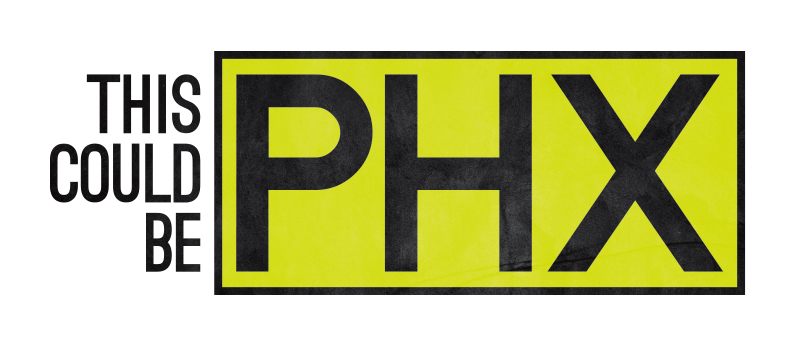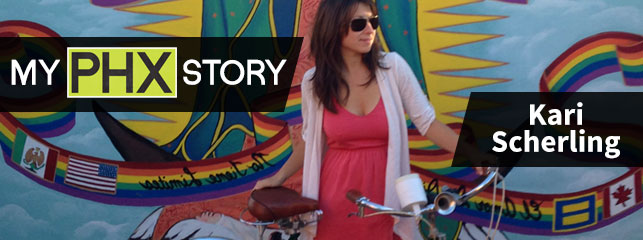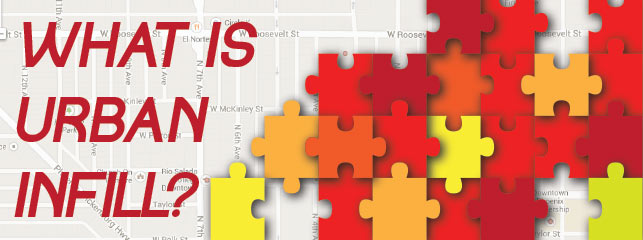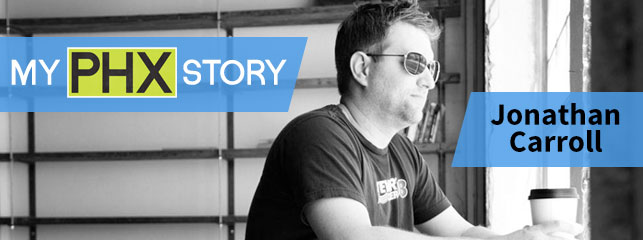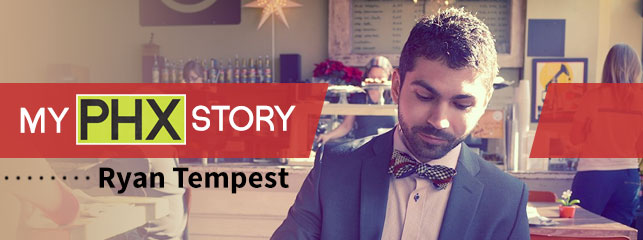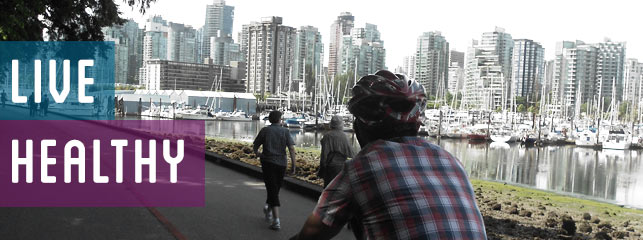06
Nov
My Phoenix Story: Kari Scherling
I have been on the move since I left Portland, Oregon nearly 10 years ago, looking for the perfect city. I made it to New York City and thought I had found it, but after a few years it felt like there had to be more. So I moved myself to a few cities in China then later to Mongolia, ending back in the states in the one-and-only, Detroit. I made a few, short-lived pit stops along the way in Minneapolis, San Francisco and Washington D.C. With every new city and every new community I visited it always seemed as though there was a stream of likeness that ran through the people the environment and the infrastructure. One could pick out the unique characteristics, both organic and earned, that gave each city and each community their own identity. The buildings, the shops, the art and the parks all reflected an energy of the people and the culture which had proliferated the spaces.
09:22 /
My Phoenix Story
